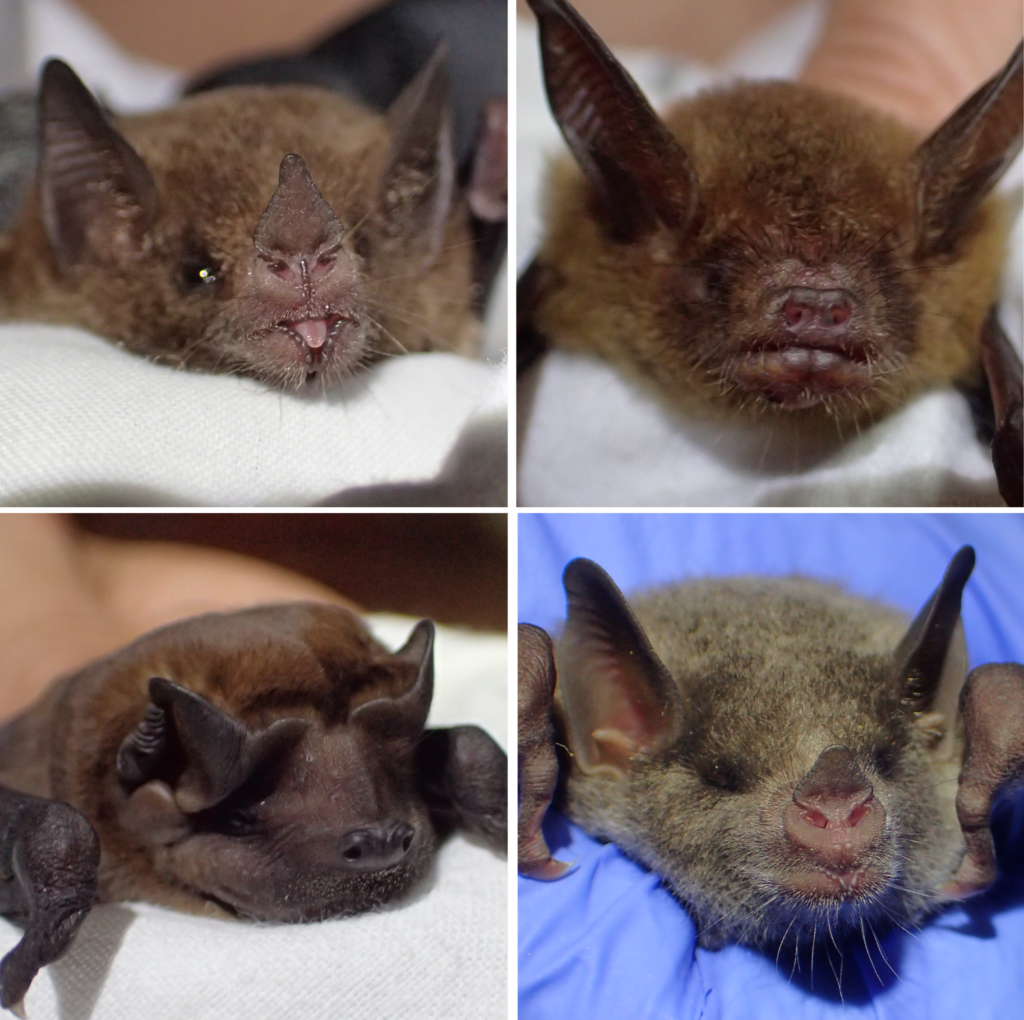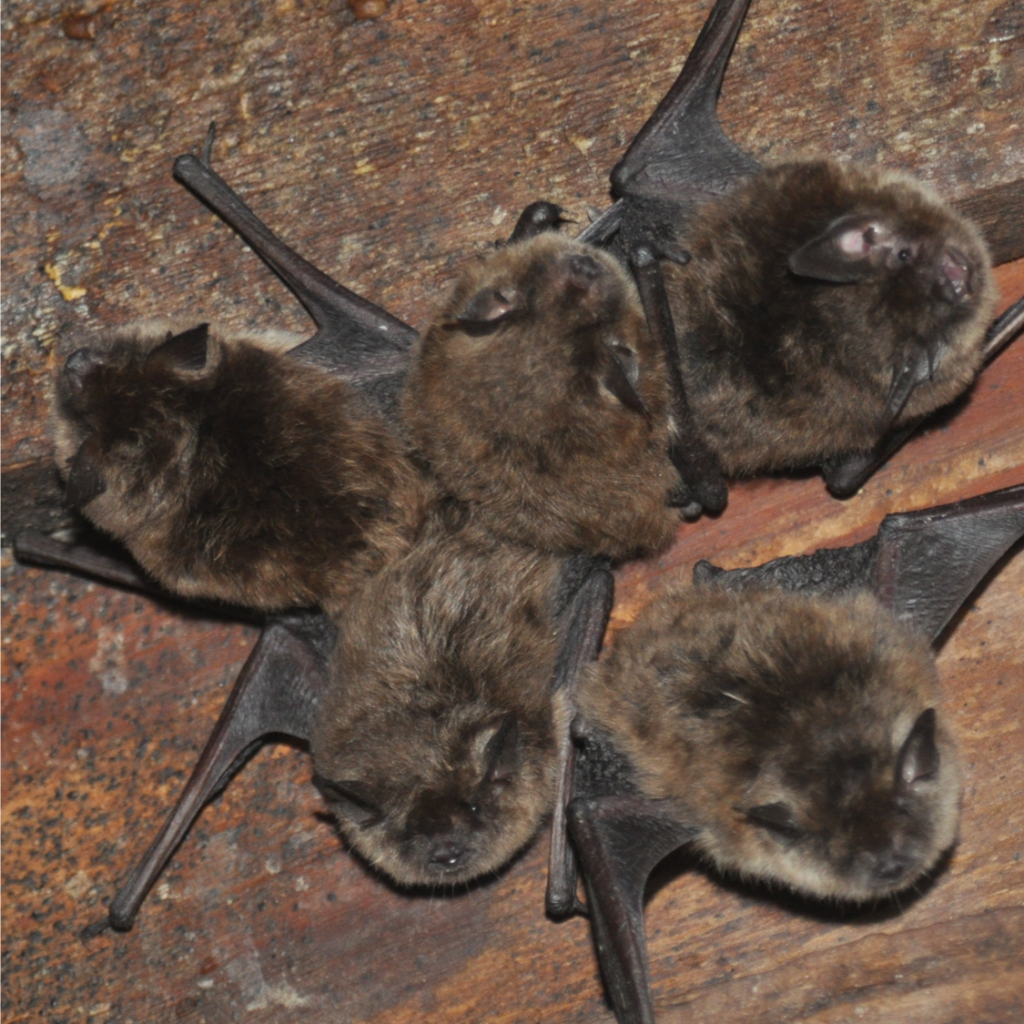Olfactory Search Strategies of New World Fruit Bats
Animal olfaction is a complex, depending on a suite of traits including nasal anatomy, receptor physiology, sensory integration circuits, locomotion patterns and behaviors. The goal of my doctoral dissertation is to begin to understand how animals orient towards and localize resources, using bats as a model.

Animals can follow odors in the environment using two main strategies: by successively sampling the air while moving (klinotaxis), and/or by comparing odors among receptors (tropotaxis). Stoddart (1979) hypothesized that wider separation of nostrils might improve odor localization by tropotactic mechanisms, but no studies had evaluated this hypothesis in a comparative framework. Using museum specimens, I measured and compared the external nasal morphology of bats across different ecological guilds, particularly among bats that use odor for foraging (fruit and nectar feeders), and those that do not. Surprisingly, insectivorous bats had wider relative nostrils than other bat guilds. Nasal echolocators had narrower nostrils, suggesting a potential trade-off between nasal echolocation and tropotactic tracking mechanisms in bats.
The full paper is available here.
With the exception of mice and rats, little work has been done on the behaviors associated with air-borne odor tracking in vertebrates. Neotropical fruit bats are thought to use a combination of echolocation and olfaction while foraging, and face particularly challenging olfactory environments while flying. I developed behavioral assays to measure the olfactory search strategies of bats while crawling and flying. Using video-tracking software I am able to quantify the exact trajectories bats use to locate an odor, and compare trajectory parameters such as success, speed, and distance.
Olfactory assays of crawling bats were recorded in the field in Belize, using the Northern yellow-shouldered bat (Sturnira parvidens). We found that bats are able to follow an odor concentration gradient, but don’t appear to use head-scanning behaviors as often as other mammals! You can read more in the full paper here.
Flying bat assays were carried out in Panama as part of a short-term research fellowship at the Smithsonian Tropical Research Institute in Gamboa. This paper is currently in review and will hopefully shared here soon!

Using Social Calls to Attract Bats to Artificial Roosts

In addition to the echolocation calls bats use for navigating and foraging, bats also produce social calls for communication. Bats use these calls for a variety of reasons, including mate choice, mother-offspring communication, and territory defense. For my Master’s research at Humboldt State, I tested to see if social calls could be used to help bats locate new roosts, specifically bat boxes. I recorded bat echolocation and social calls from just outside a roost of Yuma myotis (Myotis yumanensis) in northern California. These calls were broadcast from bat boxes installed around the colony, and monitored using infrared cameras. The amount of bat activity around the bat boxes (circling and approaches) was highest during social call broadcast. This work is currently being prepared for publication.
You can read more about my Master’s research journey here!